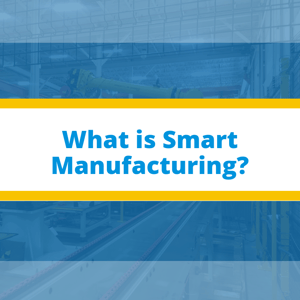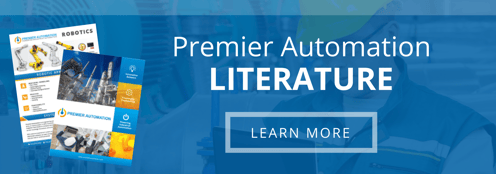
There is a lot of buzz in the industrial world today claiming that we’ve entered into a new era of industrial revolution, the fourth to be exact. The primary motivators behind these discussions has been the increased involvement of internet within the industry, but before we can truly declare a paradigm shift, we must understand each individual revolution.
- The First Industrial Revolution is related to the 18th century mechanized manufacturing that swept Europe, starting from Britain.
- The Second began when electricity started taking over mechanical processes and dominated mass production
- The third was highlighted by the use of electronics, robotics and IT to increase productivity in industrial and commercial centers.
- Now, while the fourth hasn’t completely taken over, it is operating in a mixed state. It involves the use of Data, AI and Predictive Analysis to boost efficiency of existing processes, and reduce dependency on manual labor. Smart Manufacturing enters at this very stage, and puts machines into the business of real-time decision making.
Data Tells Us What to Do
Smart Manufacturing relies heavily on automated processes. It involves the use of data to control processes, and carrying out activities in advance depending on the trend. So, while the smartest person in the room would still be a human, the machine would definitely assist in maximizing profits.
For instance, if we talk about aircraft engines. Conventionally, the approach followed for their maintenance would be:
- Analyze the frequency of failure and schedule activities in advance
- Wait for it to fail before carrying out maintenance activities
- Fix it intermittently
Now, the landscape has changed completely. Sensors provide us with accurate data, which can then be analyzed to predict when maintenance would be most economical.
The Industrial Internet of Things
When IoT technology is applied to Industrial processes, it simply becomes Industrial Internet of Things. IIoT integrates major technological advancements, such as Big Data and Machine Learning, and makes use of them to increase productivity and effectiveness. One major idea that has greatly helped IIoT to make headway in the industrial world is the ability of smart machines to capture, analyze and communicate data.
Furthermore, the decreasing costs of technology is allowing more companies to shift from conventional workflows to modern ones, which are more efficient, reliable and connected.
One last thing; it isn’t absolutely necessary to operate a Smart Manufacturing workflow with an internet connection. Smart Manufacturing is about ensuring the data collected from your assets is used so that its impacts spread over the plant floor, so as long as the effect is rippled, the need for internet isn’t mandatory.
Interested in learning more? Visit our website www.premierautomation.com, or talk to one of our specialists today.




